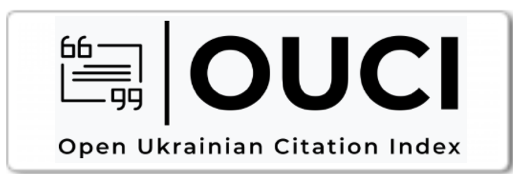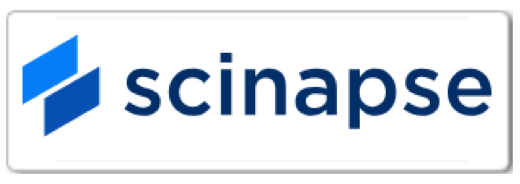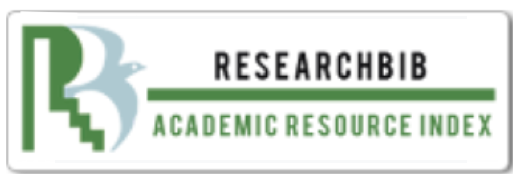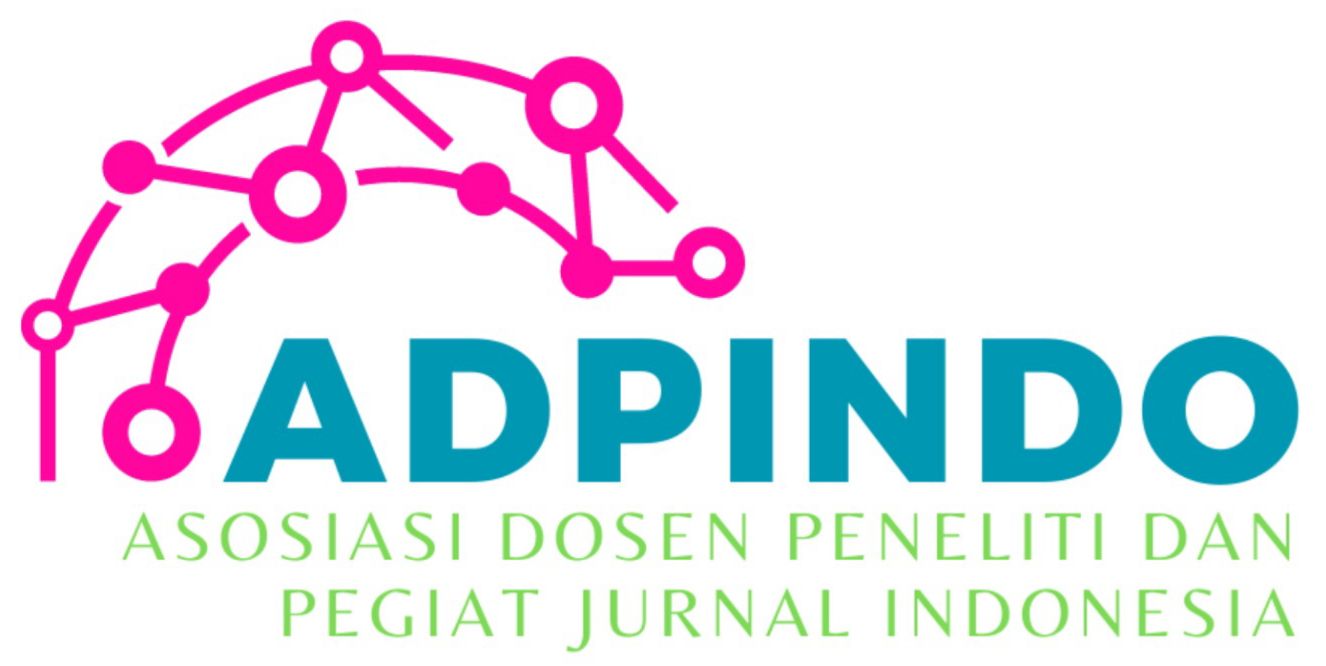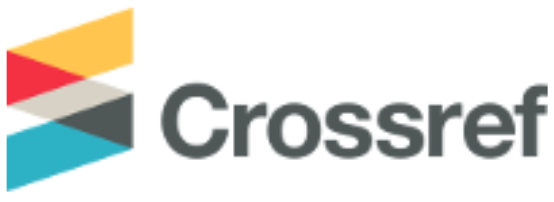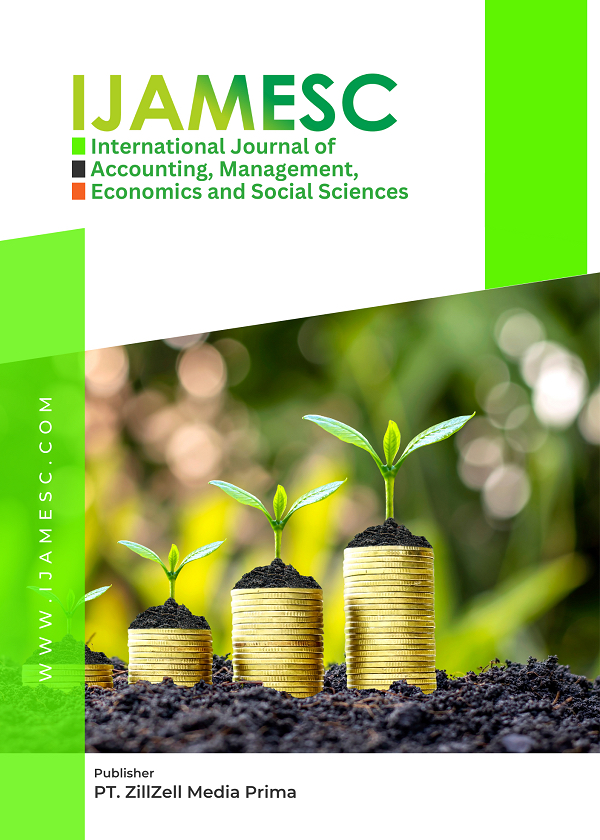THE NEXUS OF LEVERAGE, PROFITABILITY, AND FIRM SIZE ON TAX PLANNING: IS IT MODERATED BY INSTITUTIONAL OWNERSHIP?
Main Article Content
Zab Ass'ad Ibrahim
Hari Sulistyo Wibowo
Muhammad Fachry Fahreza
Mohamad Zulman Hakim
Triana Zuhrotun Aulia
Imas Kismanah
Investigating Institutional Ownership Moderates: The Effect of Leverage, Profitability, and Ownership of Company Size on Tax Planning in Consumer Cyclicals Sector Companies listed on the Indonesia Stock Exchange between 2018 and 2023 is the main objective of this study. The study's population consists of consumer cyclical companies that were listed on the Indonesia Stock Exchange between 2018 and 2023. Over the course of three years, 11 companies out of 153 were chosen for this study using the purposive sample technique. Panel Data Regression Analysis is used in this work. Eviews12 software is used in this investigation. According to the study's findings, (1) leverage has no discernible impact on tax planning. (2) Tax planning is not much impacted by profitability. (3) Tax planning is significantly impacted by the size of the company. (4) The impact of leverage, profitability, and company size on tax planning cannot be moderated by institutional ownership.
Afni Seliana Saragih, Sutrisno, S., & Wahyudi, T. (2023). The influence of leverage, profitability, company size and institutional ownership on tax planning. Journal of Applied Accounting and Taxation, 8(2), 123-135.
Basuki, A. T., & Prowoto, P. (2016). Analisis regresi untuk penelitian ekonomi dan bisnis. PT. RajaGrafindo Persada.
Desai, M. A., & Dharmapala, D. (2006). Corporate tax avoidance and high-powered incentives. Journal of Financial Economics, 79(1), 145-179. https://doi.org/10.1016/j.jfineco.2005.02.002
Evita Sysmantia, Rahman, A. F., & Santoso, B. (2023). Analysis of the effect of transfer pricing, leverage, deferred tax, and advertising expenses on tax planning in Indonesia with company size as a control variable. Asian Journal of Accounting and Finance, 5(3), 45-58.
Fahmi, I. (2010). Analisis laporan keuangan. Alfabeta.
Ghozali, I. (2016). Aplikasi analisis multivariate dengan program IBM SPSS 23 (8th ed.). Badan Penerbit Universitas Diponegoro.
Ghozali, I. (2018). Ekonometrika: Teori, konsep, dan aplikasi dengan IBM SPSS 25. Badan Penerbit Universitas Diponegoro.
Hery, M. (2013). Perpajakan Indonesia. Kencana Prenada Media Group.
Ika Nurjanah, Pratiwi, R., & Hidayat, W. (2019). The influence of leverage, profitability, company size and institutional ownership on tax planning. Journal of Accounting and Business Research, 4(1), 78-92.
Jensen, M. C., & Meckling, W. H. (1976). Theory of the firm: Managerial behavior, agency costs and ownership structure. Journal of Financial Economics, 3(4), 305-360. https://doi.org/10.1016/0304-405X(76)90026-X
Kartikawati, D. (2009). Kepemilikan institusional dan kinerja perusahaan. UPP STIM YKPN.
Kasmir. (2014). Analisis laporan keuangan (7th ed.). Rajawali Pers.
Klapper, L. F., & Love, I. (2002). Corporate governance, investor protection, and performance in emerging markets. Journal of Corporate Finance, 8(3), 195-221. https://doi.org/10.1016/S0929-1199(01)00046-4
Munawir, S. (2010). Analisis laporan keuangan (4th ed.). Liberty.
Peraturan Pemerintah Republik Indonesia Nomor 46 Tahun 2013 tentang Pajak Penghasilan atas Penghasilan dari Usaha yang Diterima atau Diperoleh Wajib Pajak yang Memiliki Peredaran Bruto Tertentu.
Pohan, C. A. (2013). Strategi perencanaan pajak. PT. Gramedia Pustaka Utama.
Siti Aulia Farhana, Indrawati, N. K., & Putra, I. M. (2022). The effect of profitability and leverage on tax planning with company size as a moderating variable. Journal of Finance and Banking, 26(1), 34-48.
Slemrod, J. (2004). The economics of corporate tax selfishness. National Tax Journal, 57(4), 877-899. https://doi.org/10.17310/ntj.2004.4.07
Tyler, T. R. (1990). Why people obey the law. Yale University Press.
Undang-Undang Republik Indonesia Nomor 16 Tahun 2009 tentang Ketentuan Umum dan Tata Cara Perpajakan.
Yesicha Windi Sari Br Haloho, Siregar, D., & Wijaya, A. (2024). The effect of leverage, profitability, company size, proportion of institutional ownership and corporate social responsibility on tax planning. International Journal of Economics and Management Studies, 11(2), 67-82.
Yulia, & Aprijuriati, D. (2023). The effect of profitability ratio on tax planning at PT Indofood CBP Sukses Makmur Tbk in 2015-2022. Journal of Accounting and Taxation Review, 7(3), 210-225.
Yunita Dwi Rahmawati, Kurniawan, F., & Sari, M. (2024). The impact of leverage, profitability, and company size on tax planning in manufacturing firms. Asian Journal of Economics and Business, 9(1), 55-70.
Zubaedah, S., & Setyawan, R. S. (2017). Teori kepatuhan pajak: Pendekatan instrumental dan normatif. Universitas Indonesia Publishing.


















